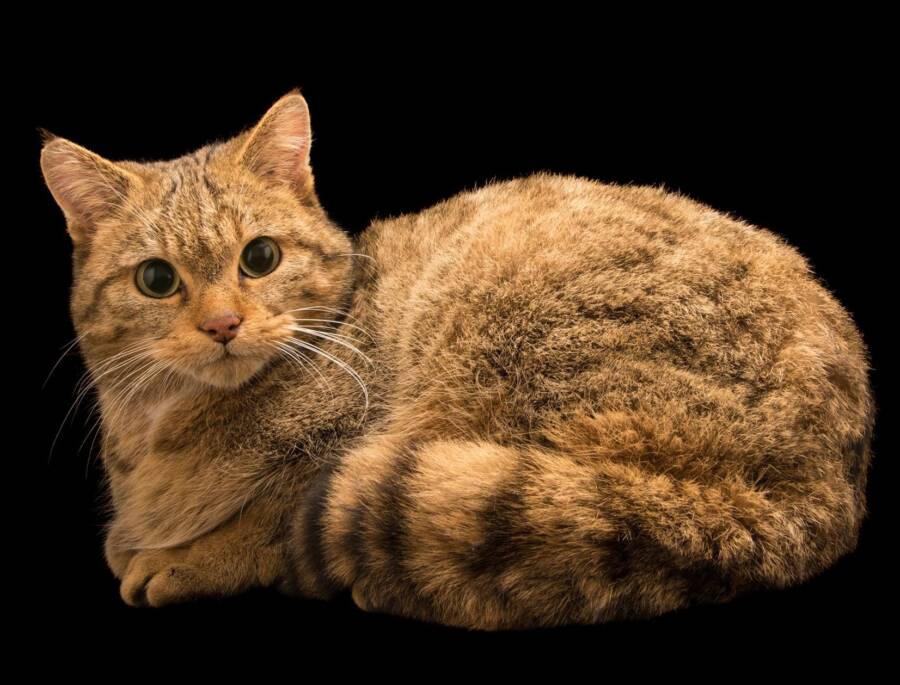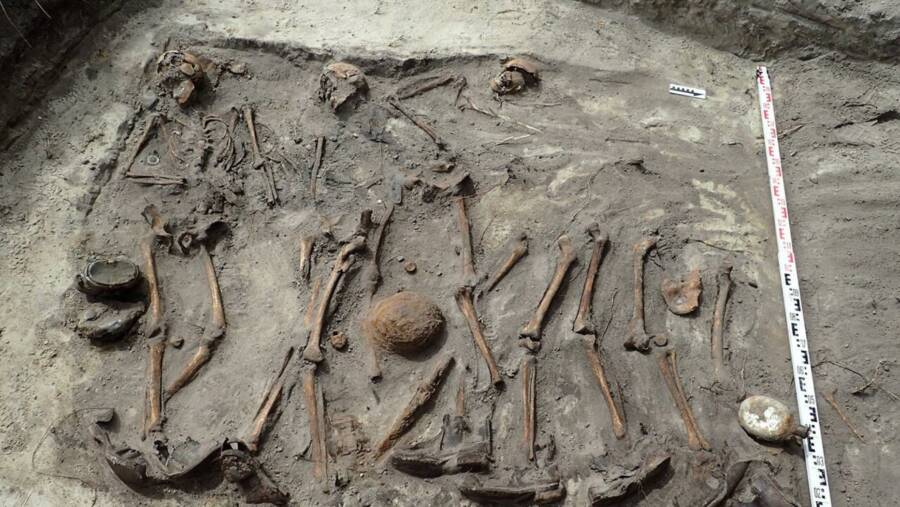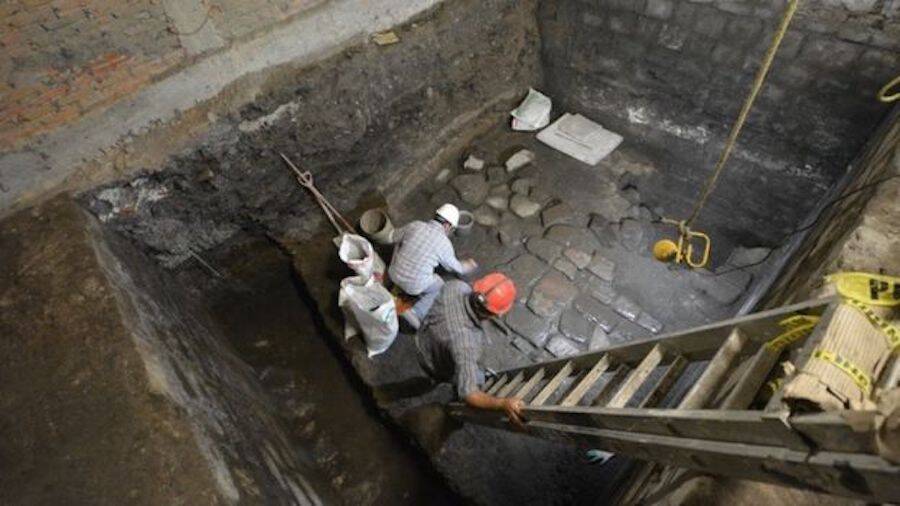Cat remains from 6,200 years ago discovered, mass grave of Nazi soldiers unearthed, Aztec palace and home of Hernán Cortés found.
Researchers Find Cat Remains From 4200 B.C. In A Polish Cave

National GeographicRendering of a European wildcat, which shared a habitat with the cats like those recently found in Poland some 6,000-7,000 years ago.
Researchers recently found 6,200-year-old cat remains in several caves in Poland at sites once located on the outskirts of ancient human settlements. These findings are now rewriting the history of feline-human relations as they show that catch cats at a crucial moment between being feral and being domesticated.
Experts believe that cats like these stayed close to humans in order to feast on the rodents that inevitably showed up to eat humans’ scraps. Learn more in this report.
The Skeletal Remains Of 18 Nazi Soldiers Were Just Found In A Mass Grave In Poland

Facebook/POMOSTThe skeletons were found side by side with various artifacts of war.
Archaeologists in Poland have discovered a mass grave containing the remains of 18 Nazi paratroopers from World War II. The discovery also yielded numerous weapons, medals, and tools.
Experts were able to determine that these remains belonged to members of Nazi Germany’s air force, known as the Luftwaffe, due to their dog tags and a steel artifact that was engraved with the symbol of the Luftwaffe buried beside them.
Dig deeper here.
Aztec Palace And Home For Hernán Cortés Unearthed Beneath Historic Mexico City Pawn Shop

INAHArchaeologists believe they found the floor of the palace’s main courtyard.
The historic Nacional Monte de Piedad building in Mexico City appears to cover much more than low-interest pawn loans to those in need. As it turns out, the building actually stands on the remains of an Aztec palace.
The discovery occurred during an inspection by Mexico’s National Institute of Anthropology and History (INAH). Experts found basalt slabs on the property that they now believe to be part of the palace’s main courtyard, which later became home to Spanish conquistador Hernán Cortés.
Read on here.





